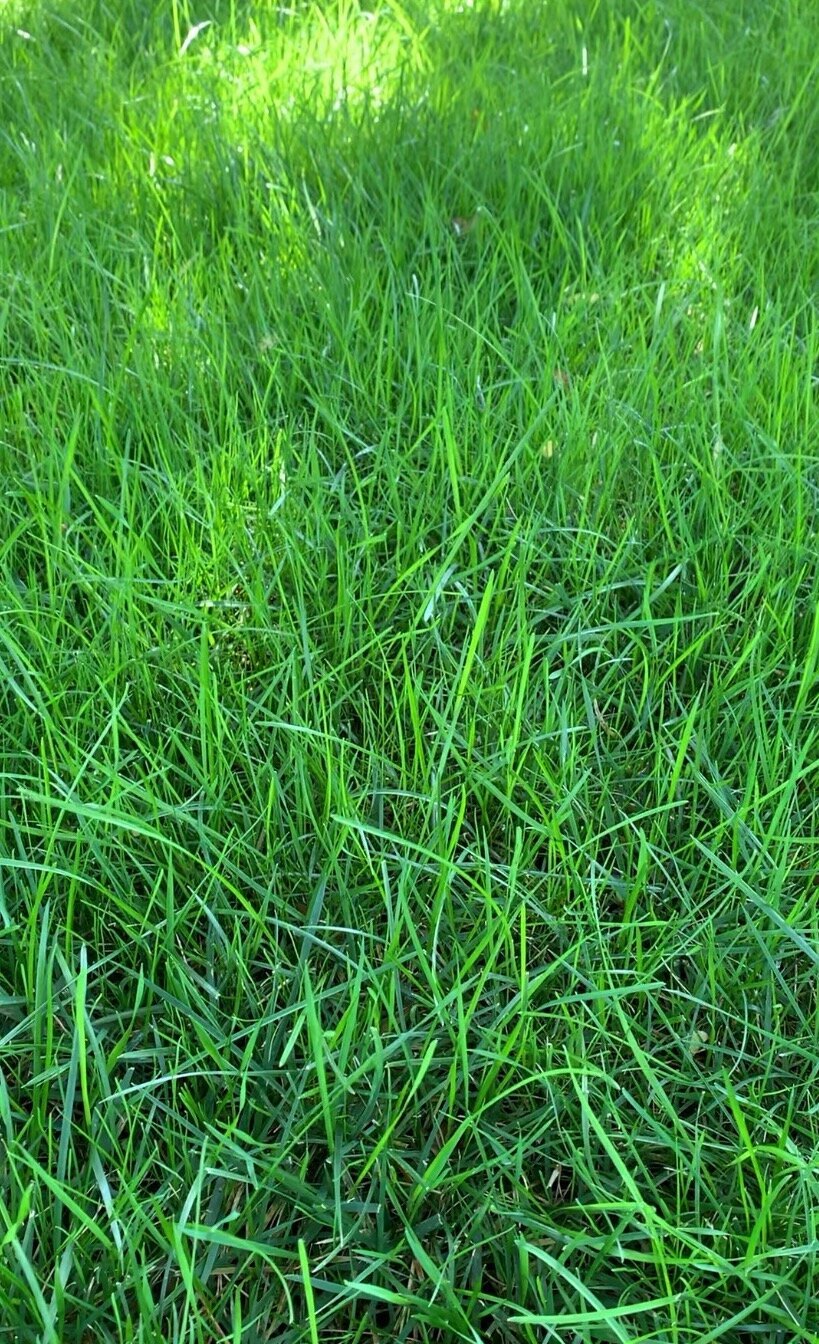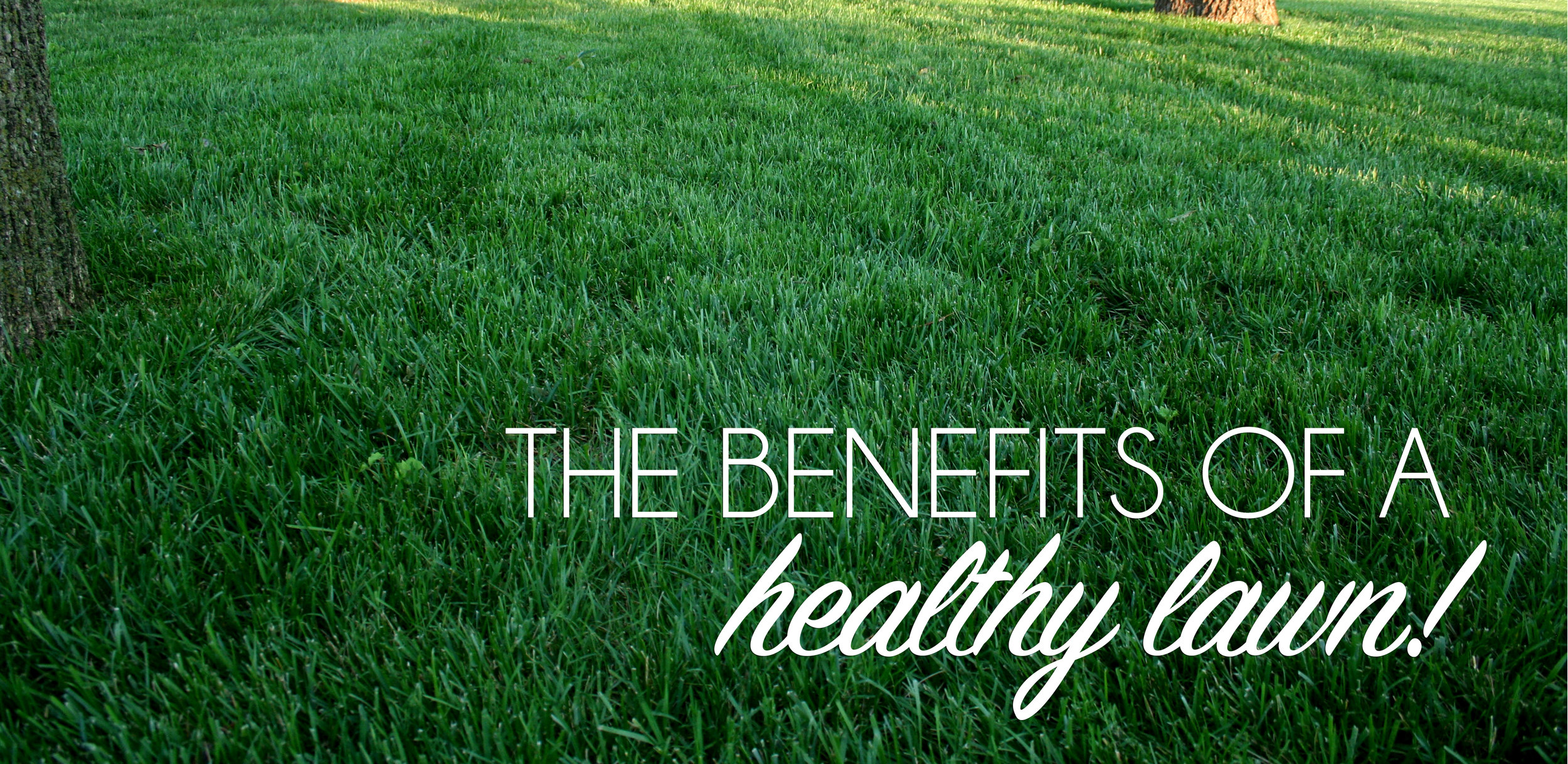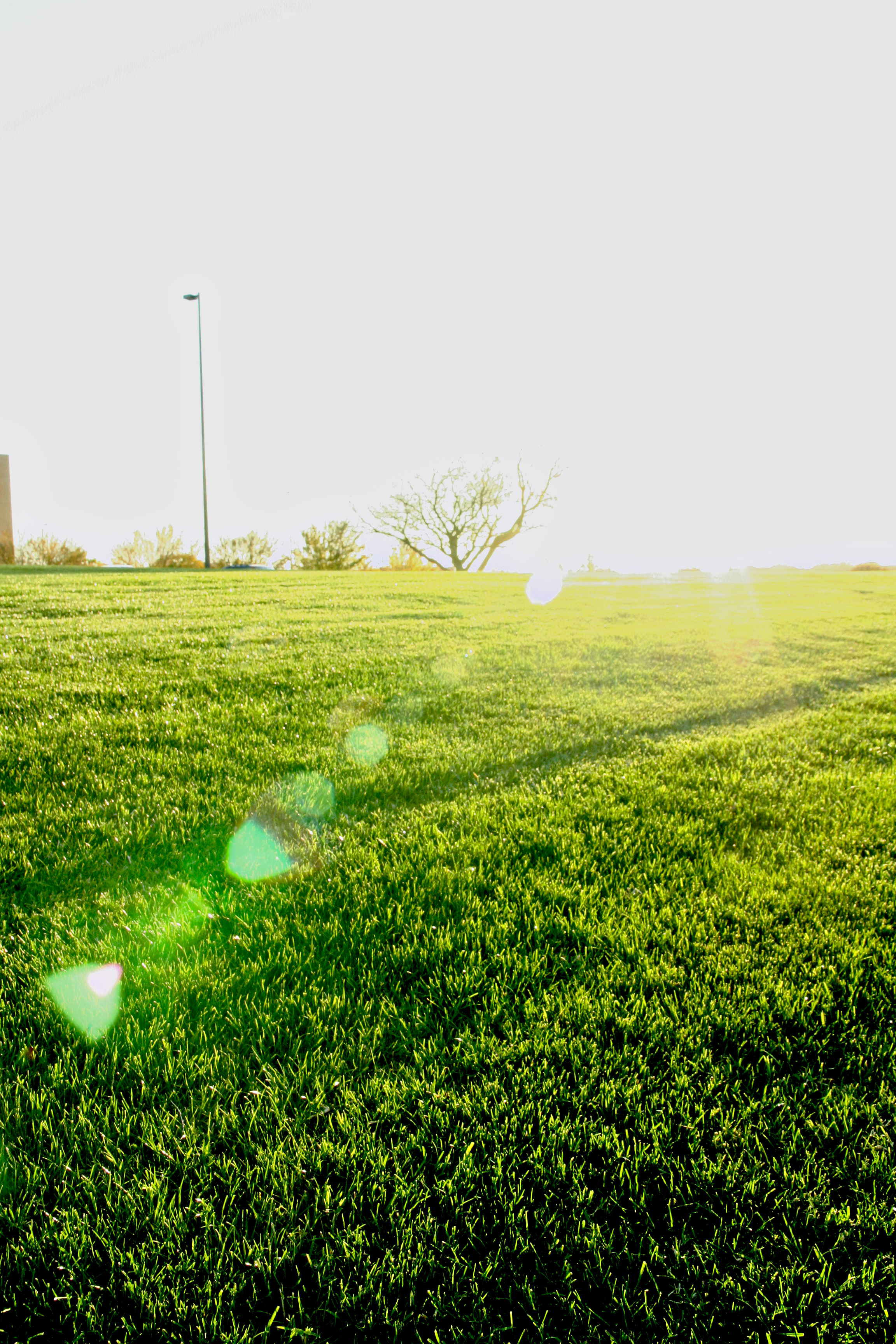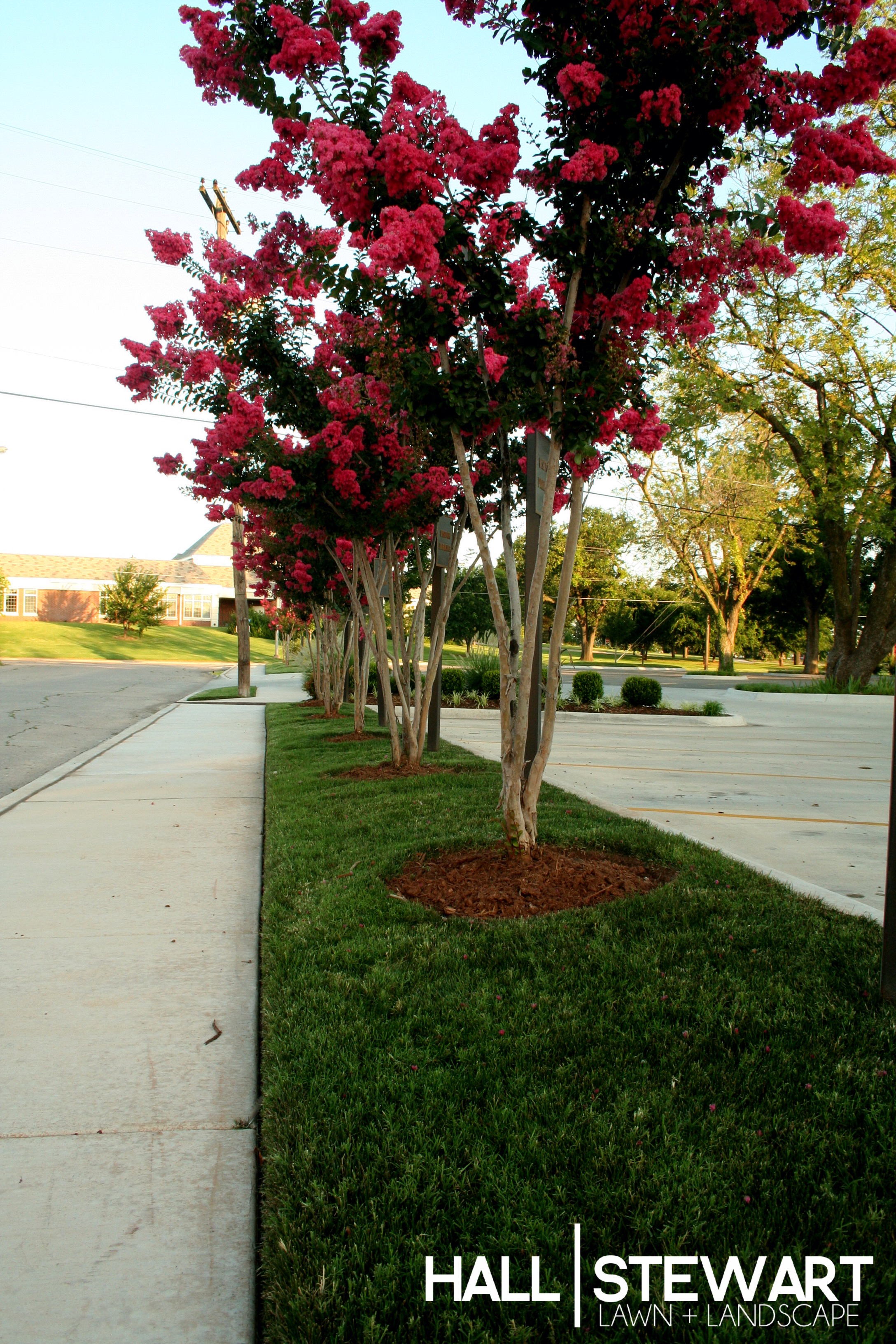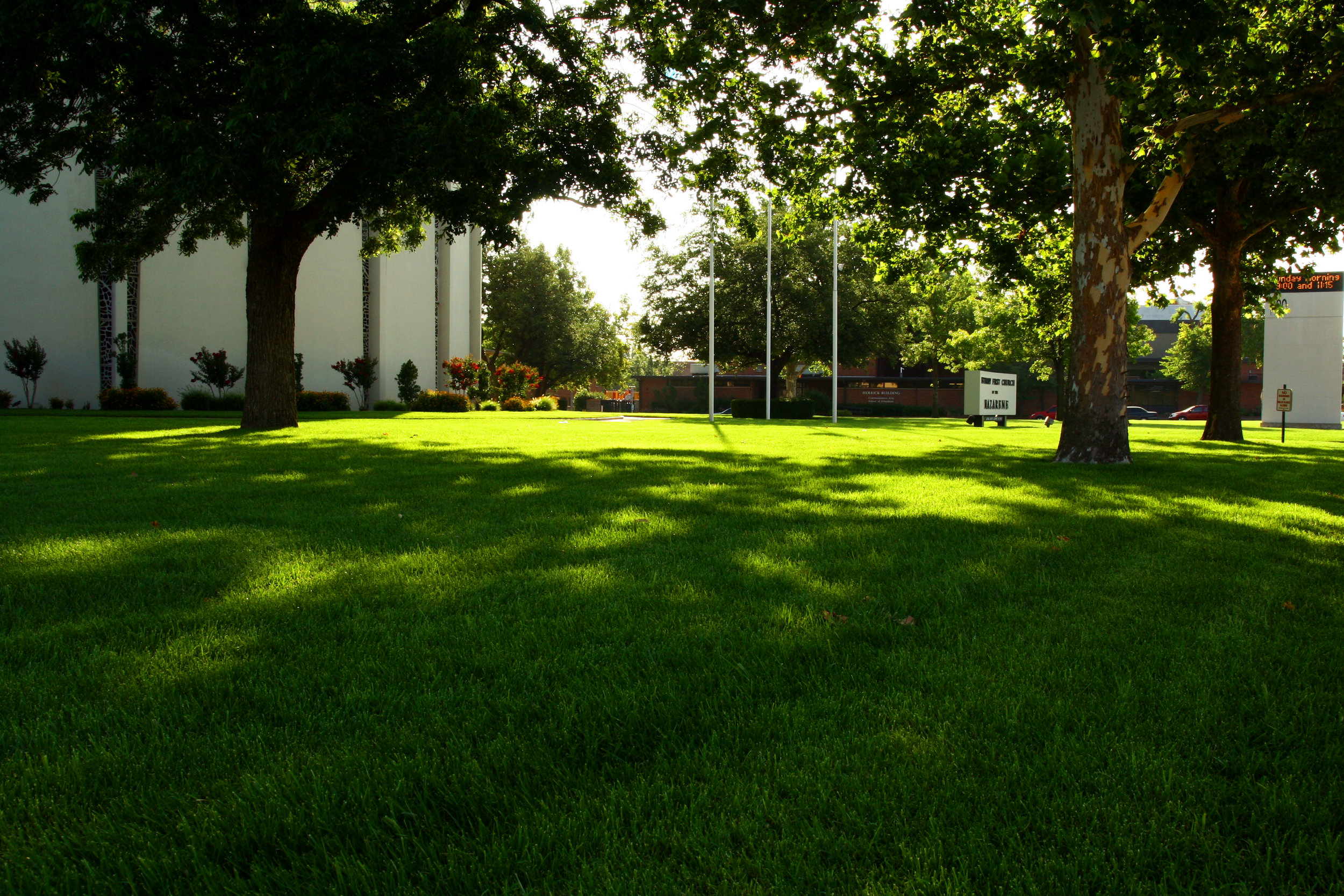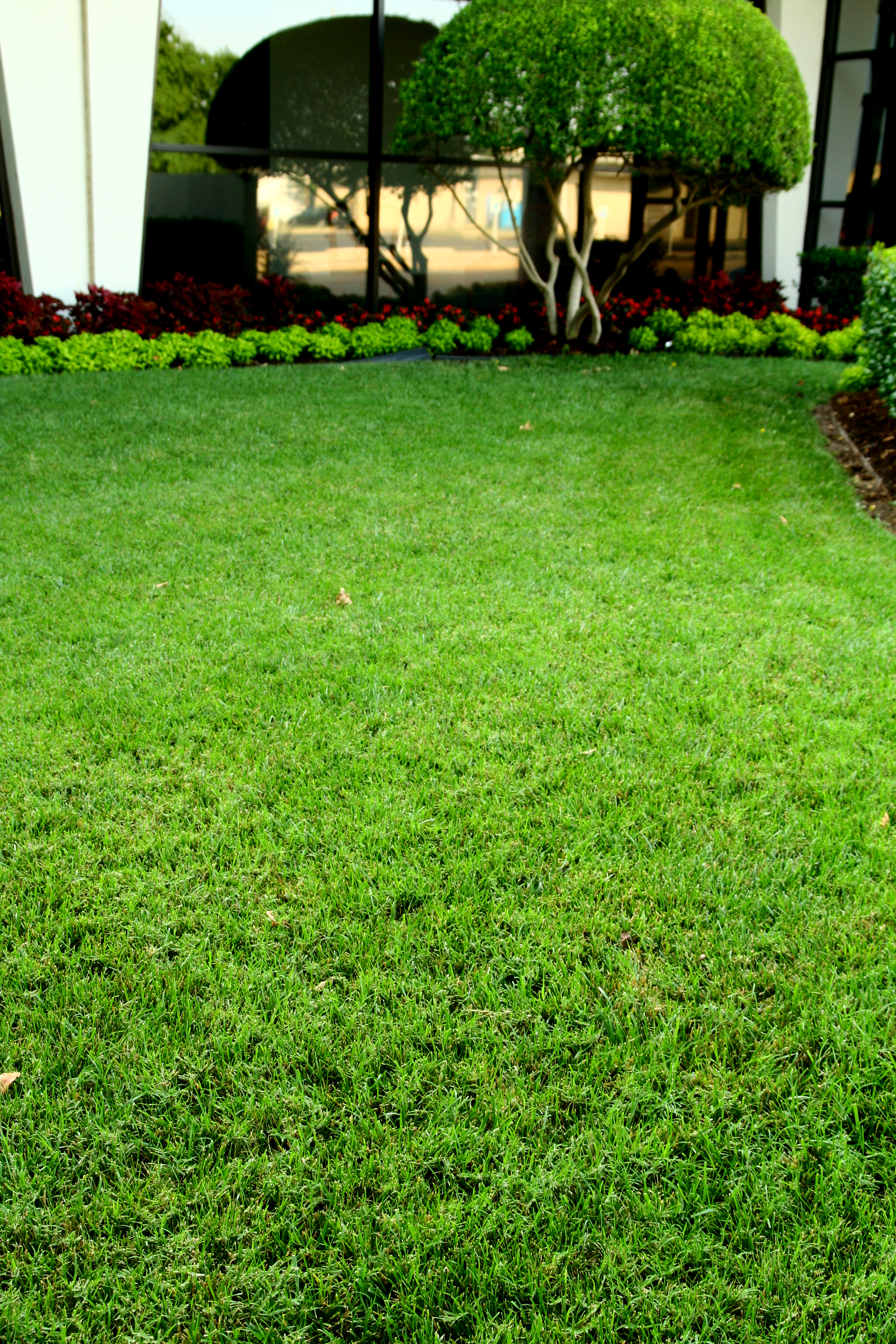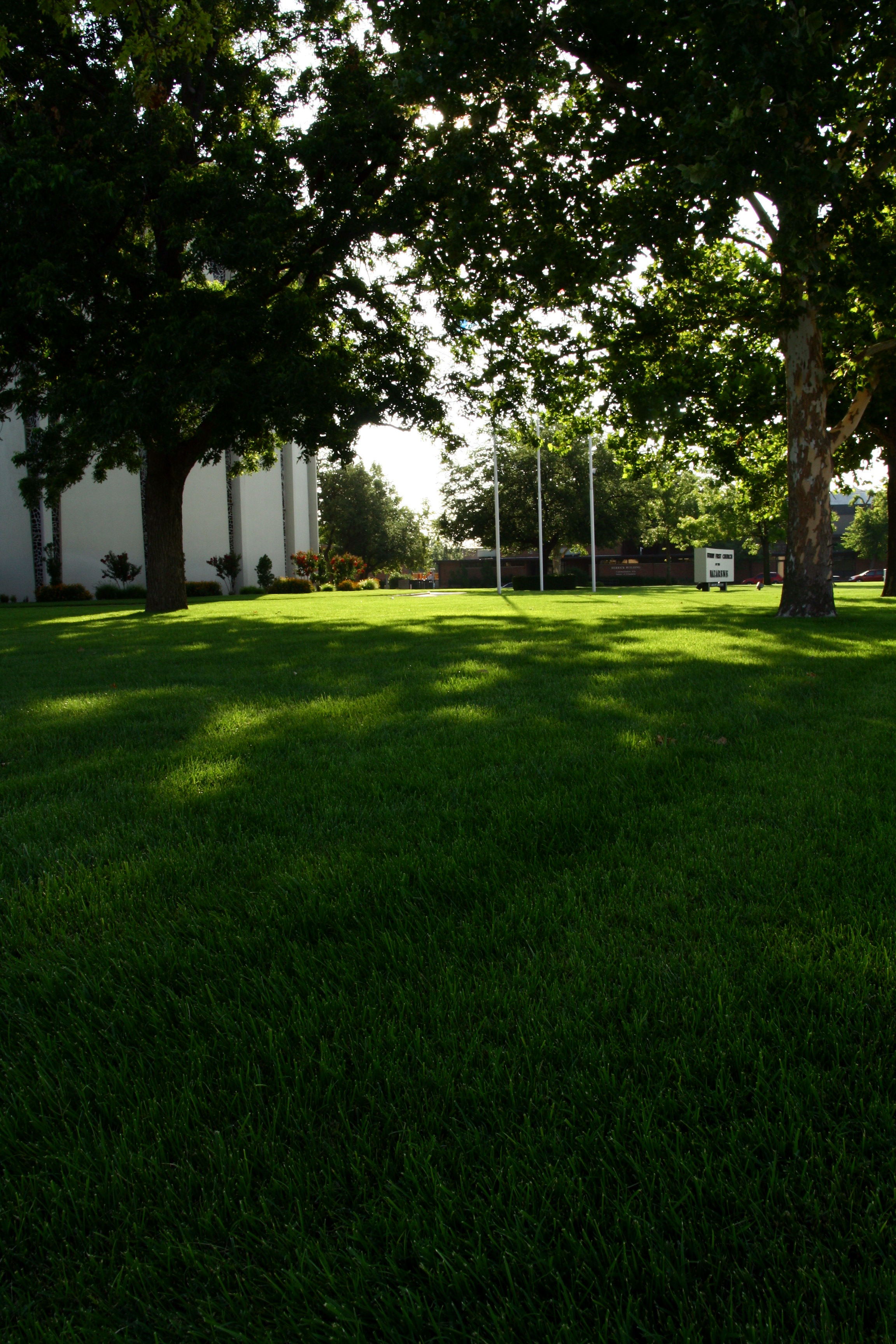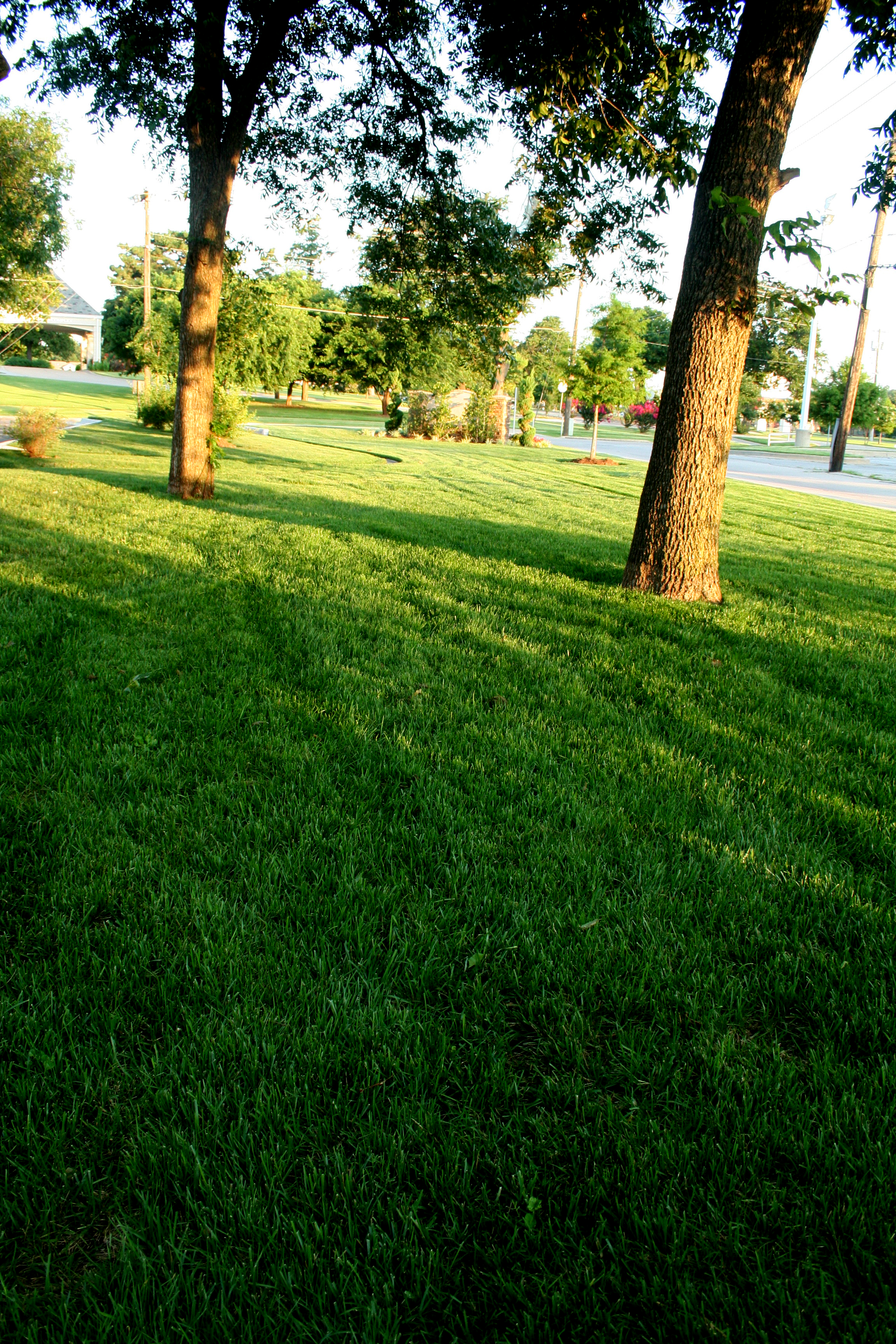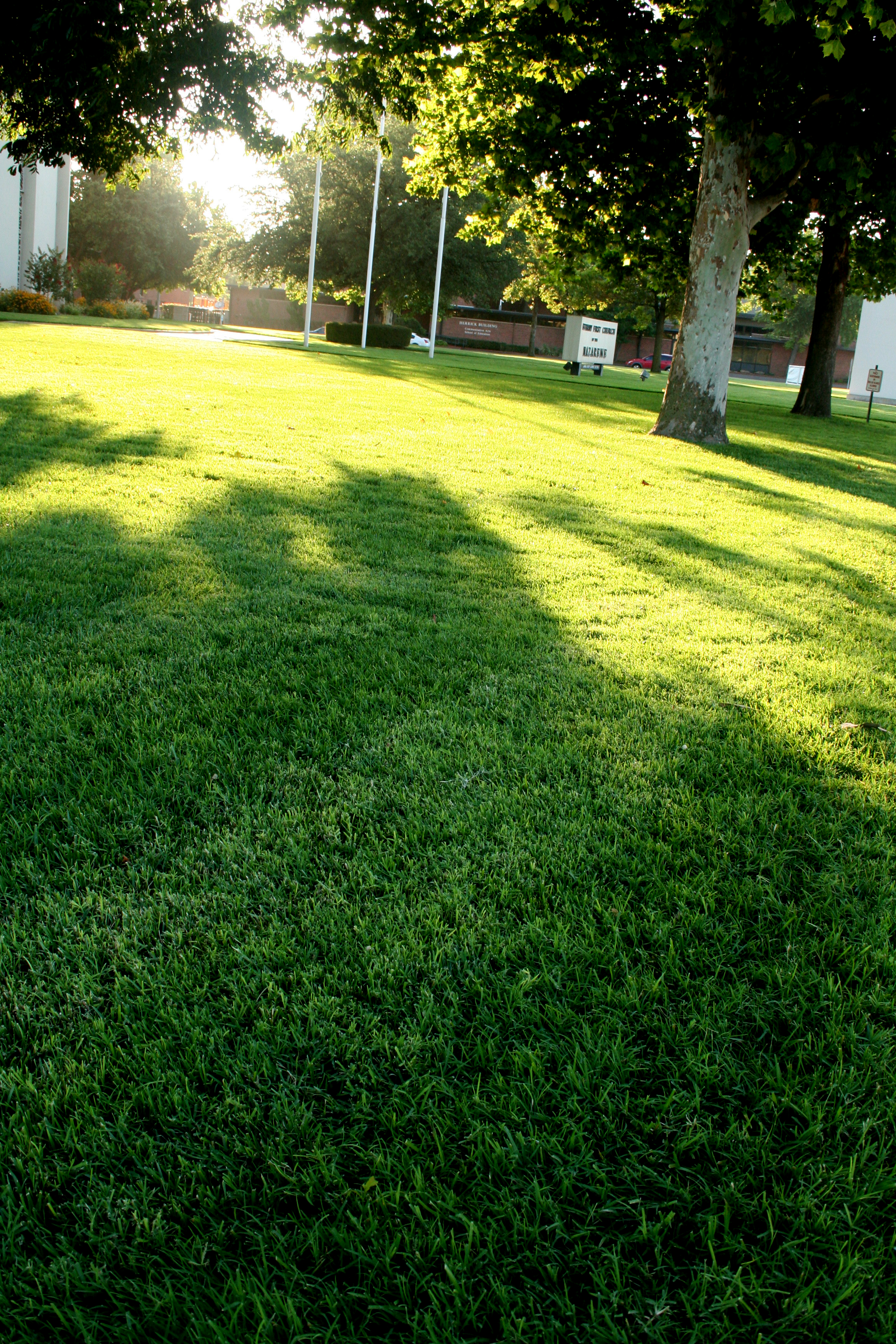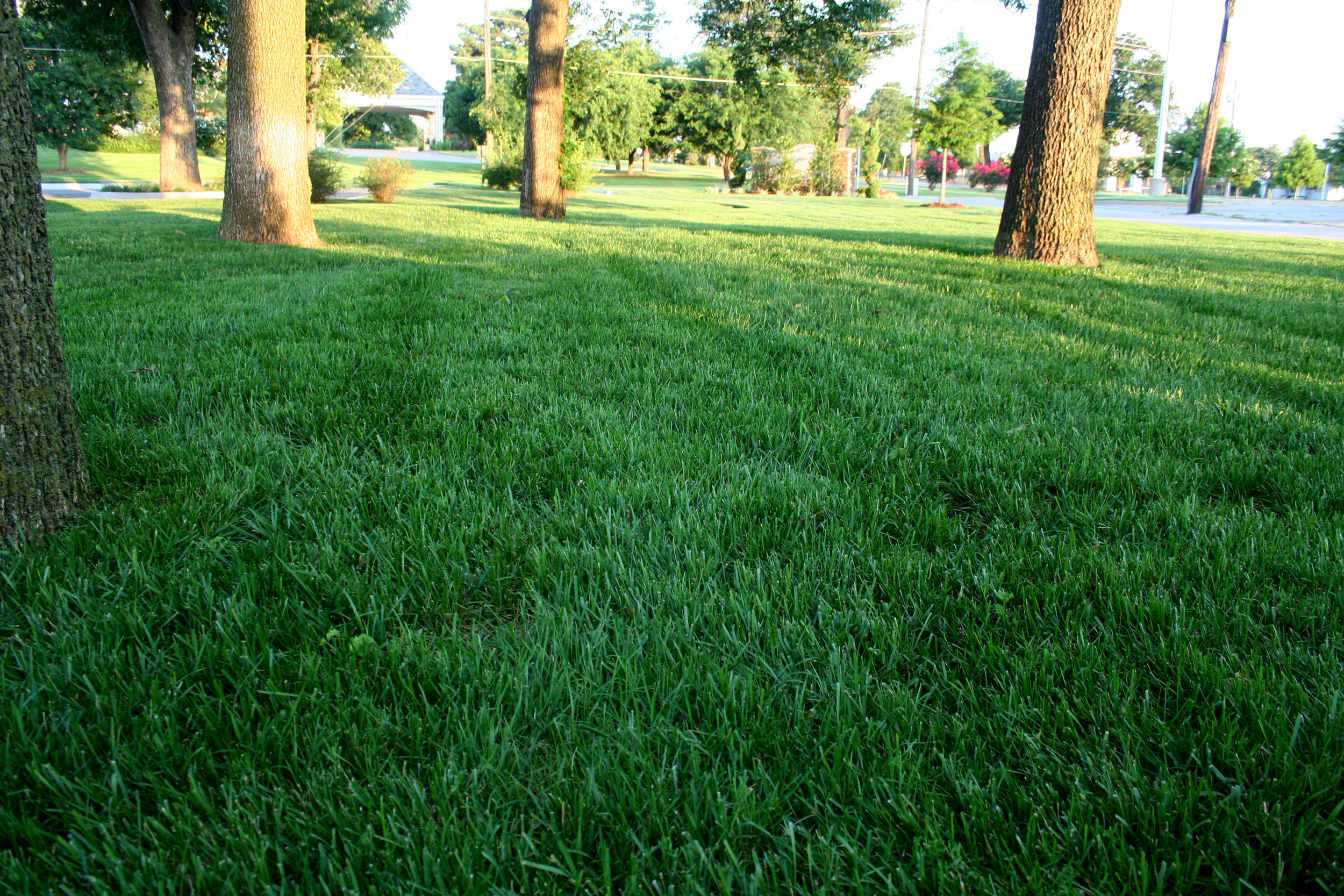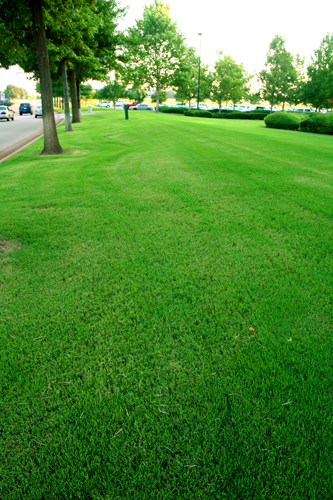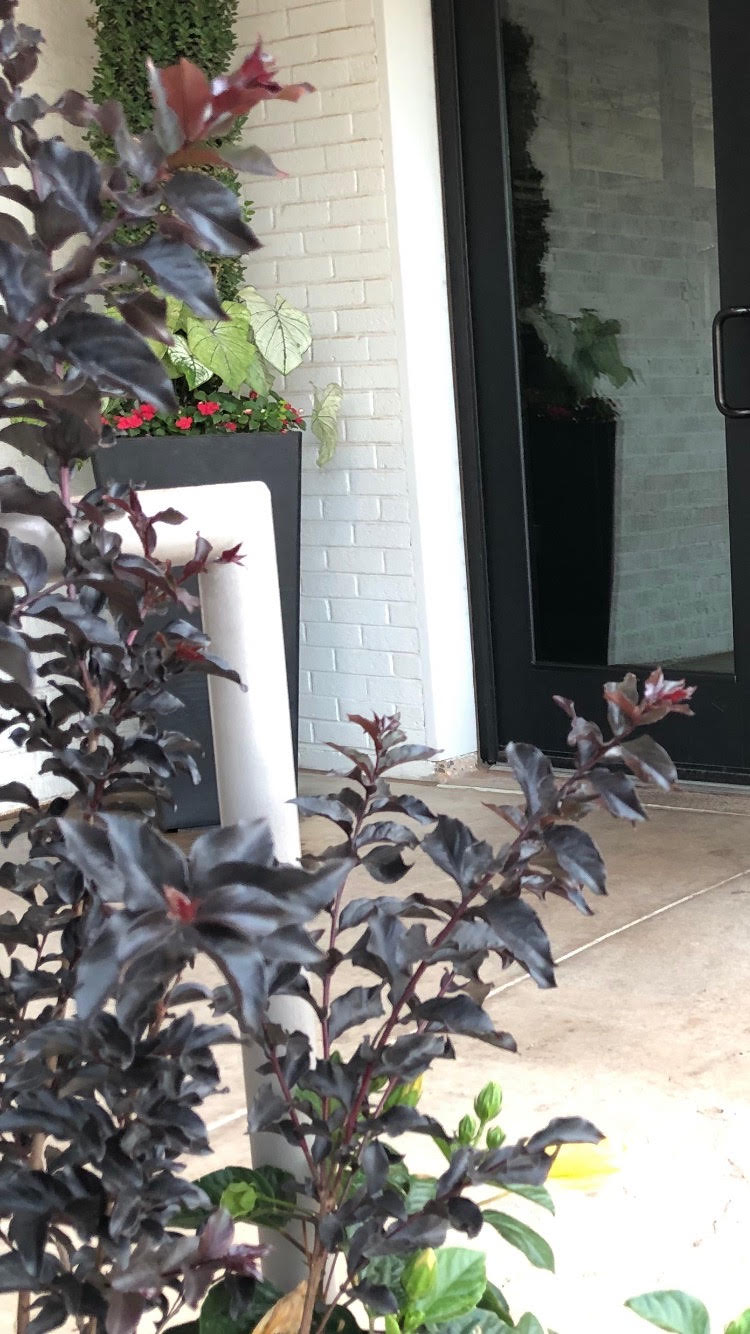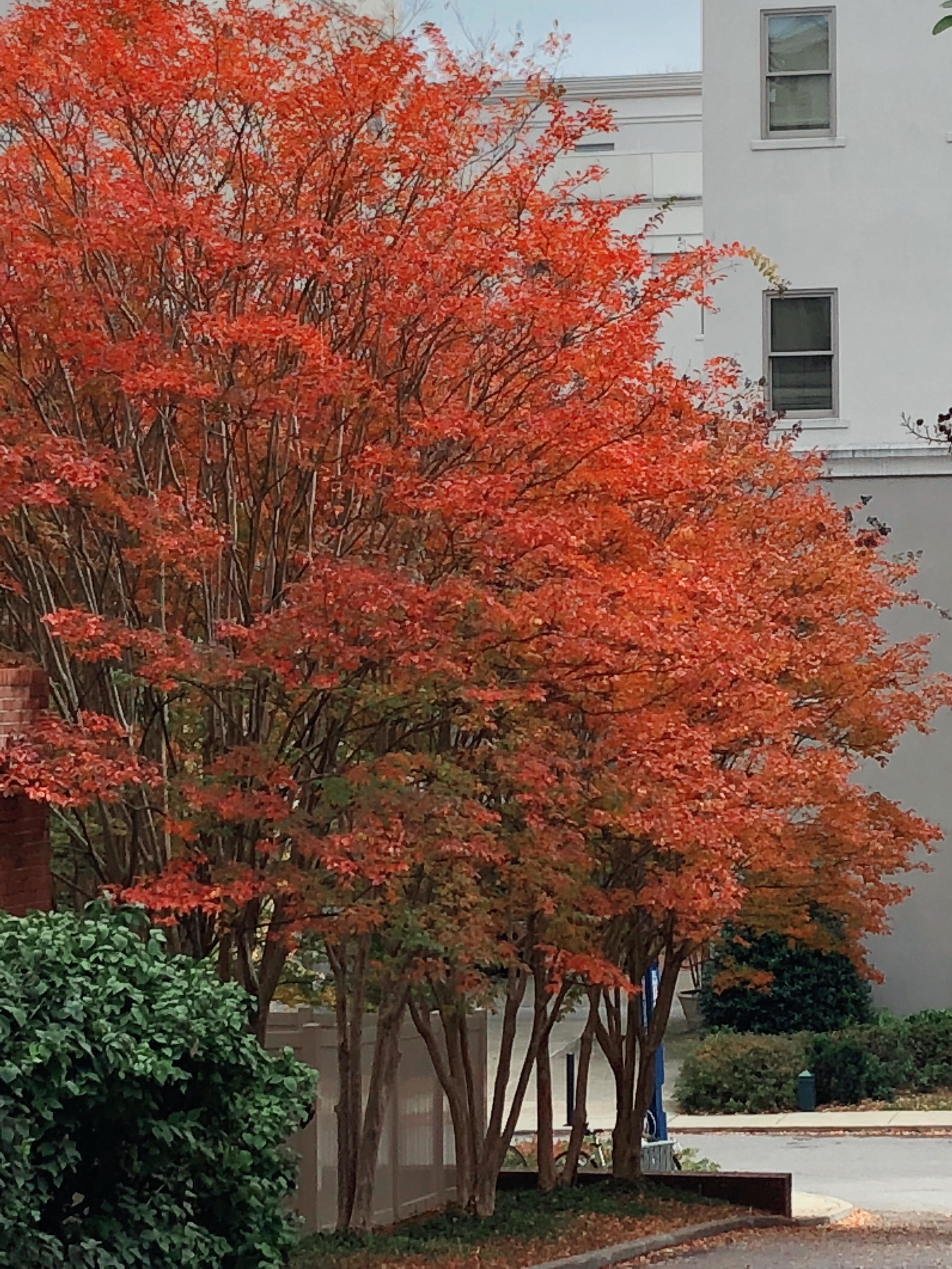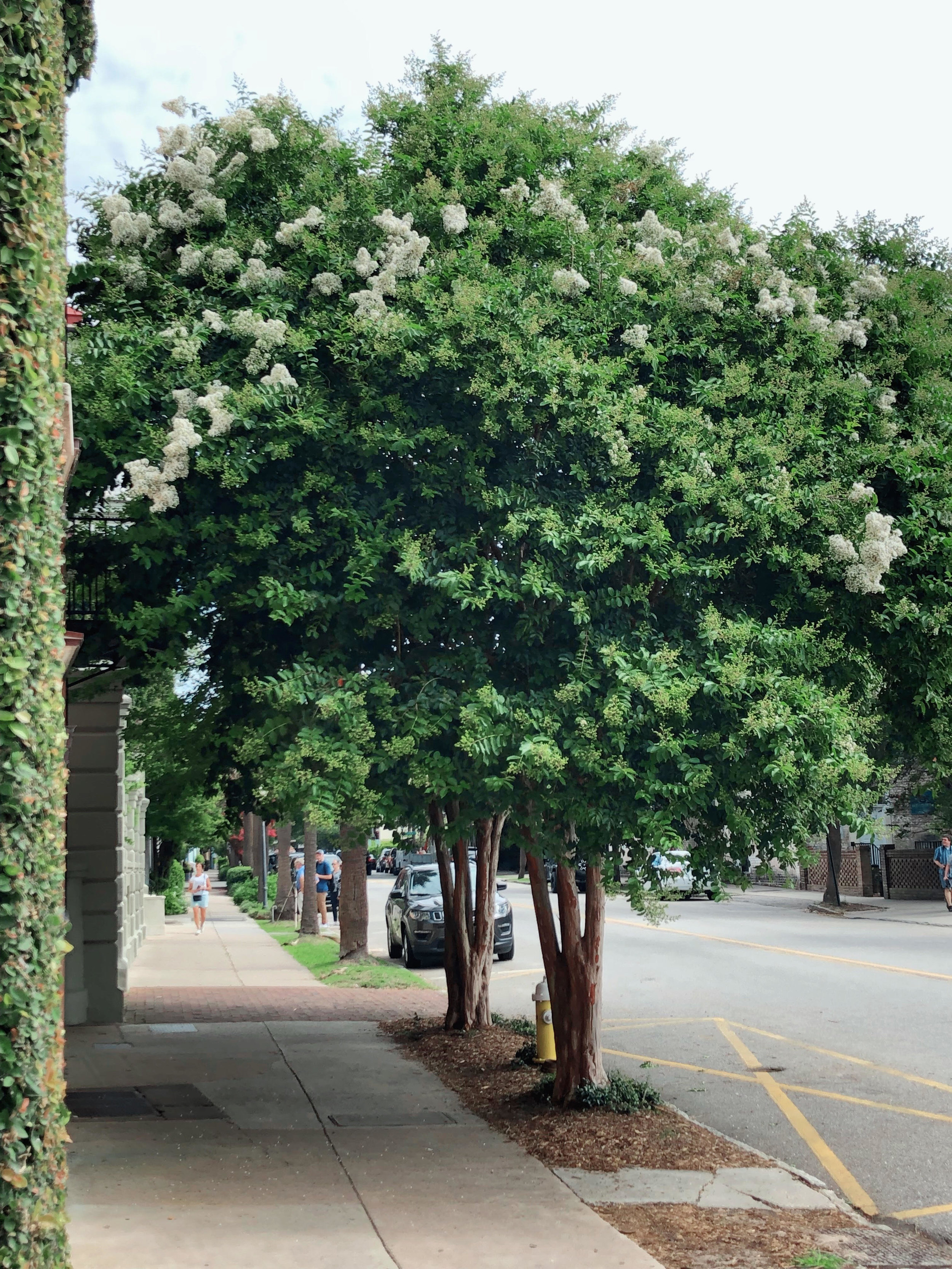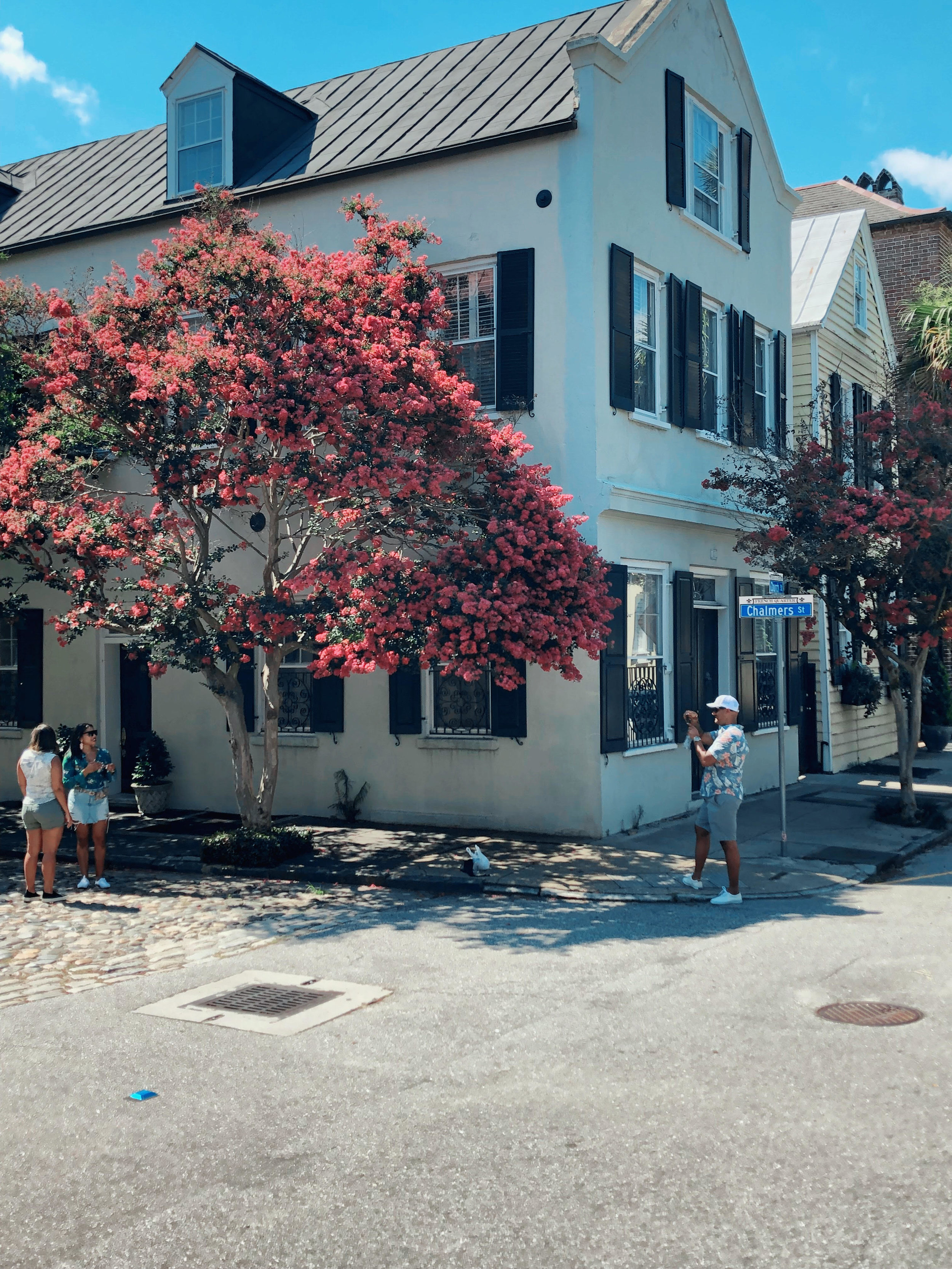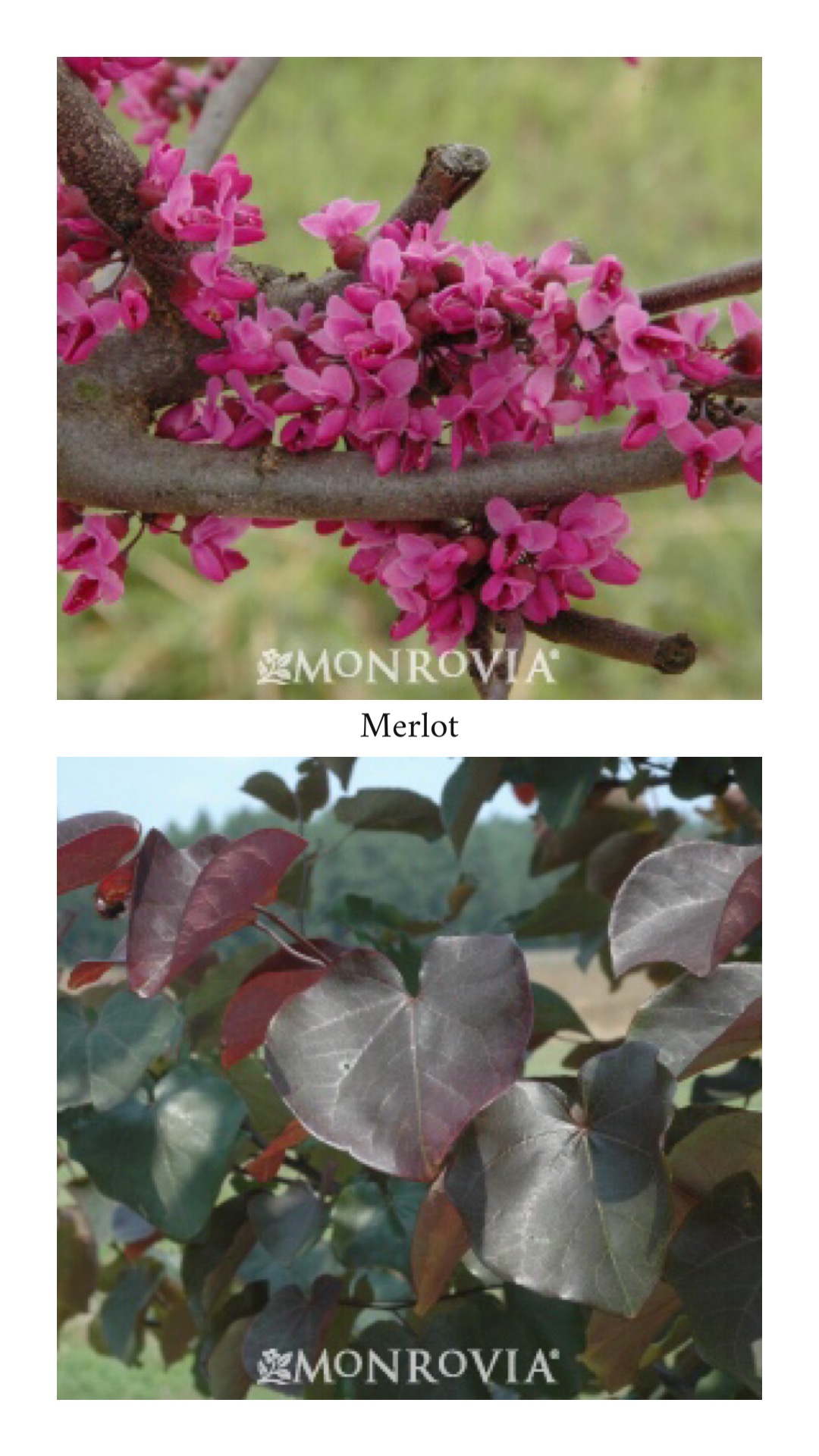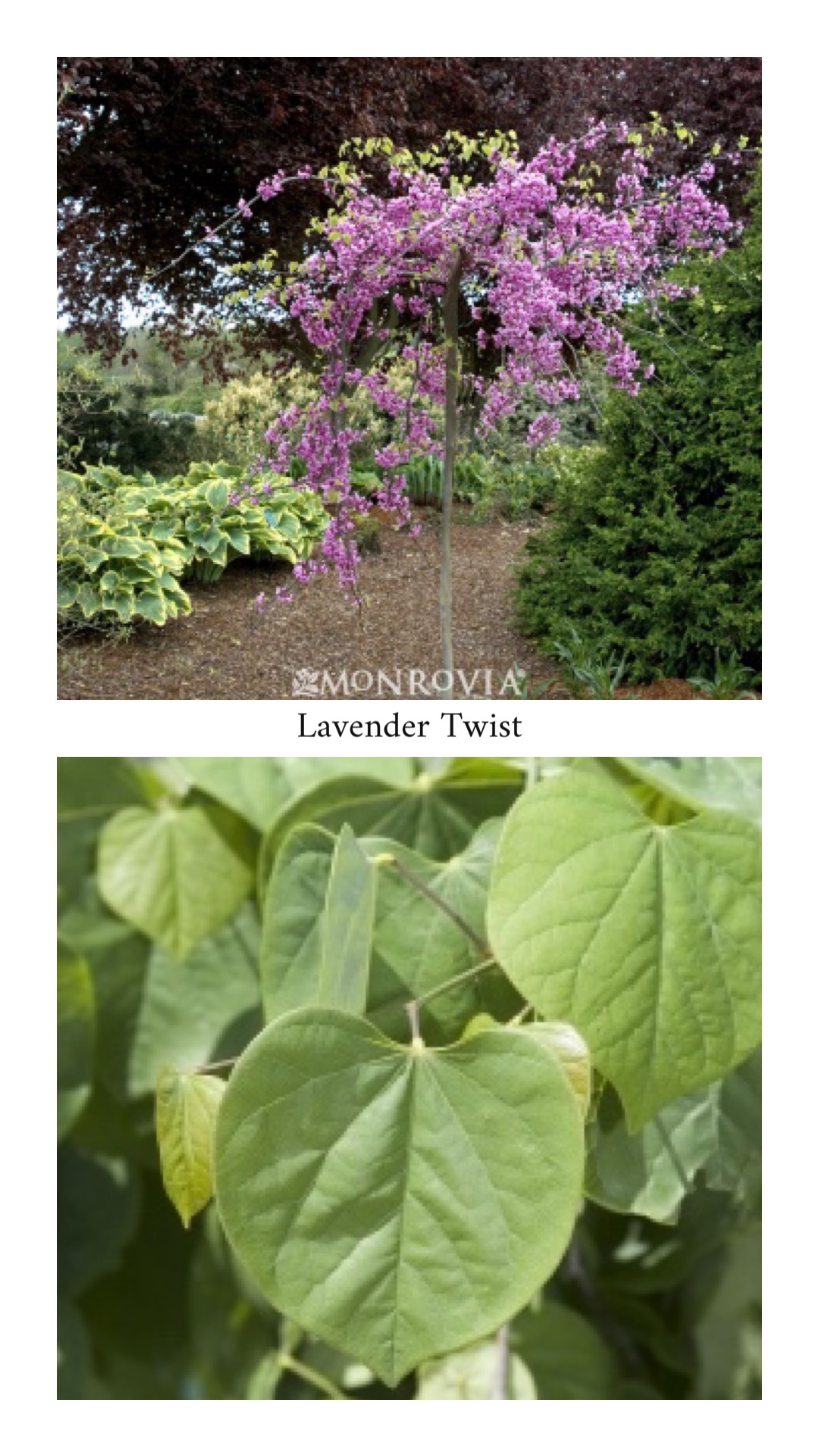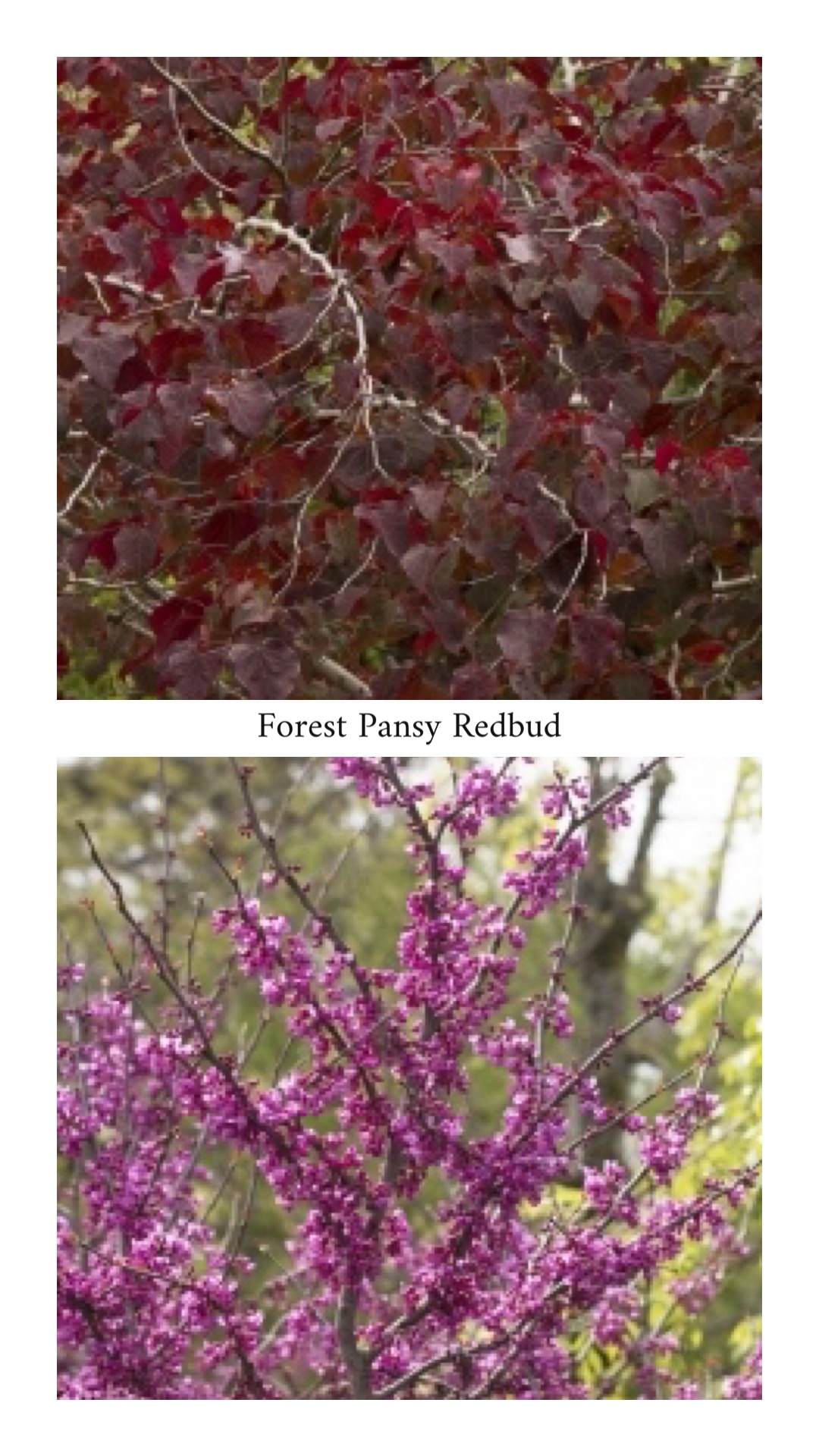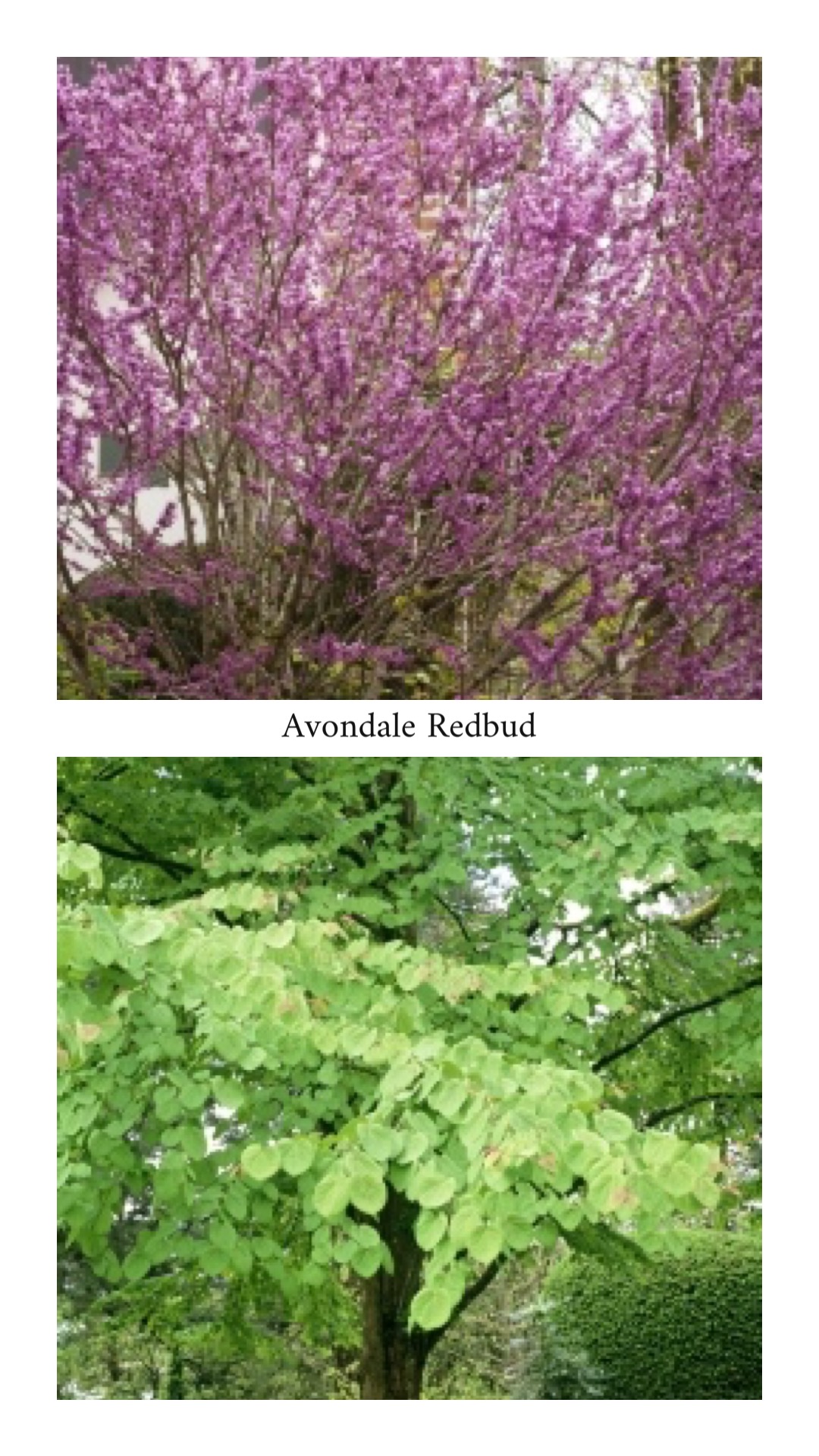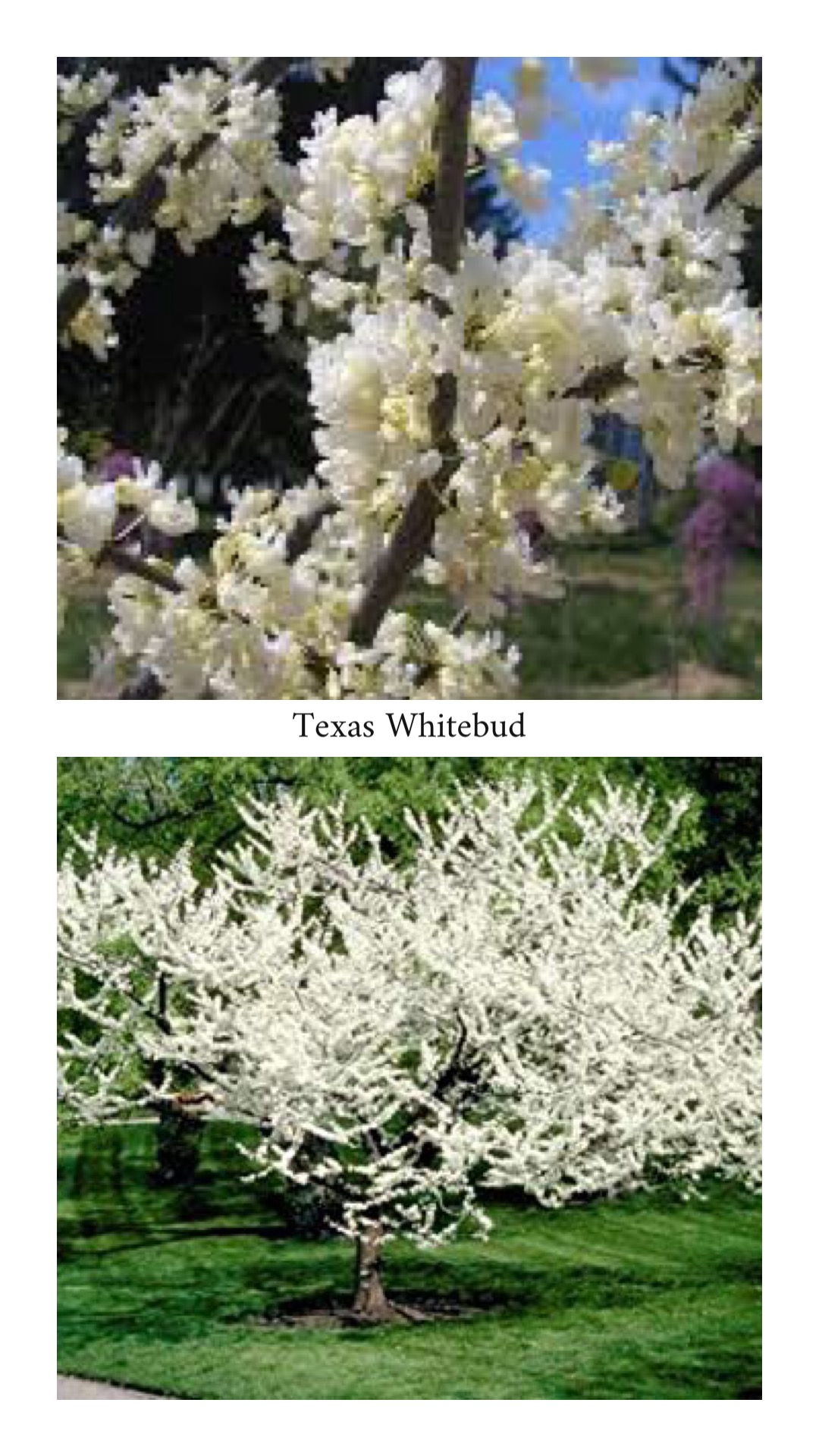Our goal is to keep you informed of lawn and landscape issues we are experiencing each week as we visit sites in the Oklahoma City area. I’m sure it is no surprise to you that we are starting to see plant problems related to the excessive amount of rainfall we are receiving.
Normal annual rainfall for the Oklahoma City area is 36.5”. In the past 365 days, the metro area has received nearly 54”. In the last 30 days, 12.5” has fallen with 6” in the last week.
It is common for us to be discussing watering tips as we head into the summer. I have only one watering tip today – turn your irrigation system off! Early this morning I witnessed 3 irrigation systems running in my neighborhood alone. Established plant materials – lawns, shrubs, trees, flowers – are showing signs of over watering stress.
Roots are the foundation to a healthy plant. They are the primary source of water, nutrients, and oxygen. Yes, oxygen. Plants breath through their root system. Plants, just like humans, can drown when water replaces air.
So, why is it common for so many to water more when a plant is struggling because of too much water? Plants respond in very similar ways to draught and too much water. The first symptom of too much water is yellowing leaves followed by wilting. The wilting leaves, whether it is too much or too little water, look nearly the same. When you see wilting leaves, you must stop and think about the conditions and check the soil.
For example: A couple of weeks ago I planted a tropical hibiscus in a patio pot. This week I noticed it was wilting, grabbed a pitcher full of water and headed out the door to water it, all the while wondering why it would be dry. What I discovered was a plant sitting in water because of clogged drain holes. Either way, the hibiscus was wilting. The same is true about your lawn, your flowers, your shrubs and your trees. It is just a lot easier to diagnose when it’s in a container.
Here are a few problems we noticed this week:

